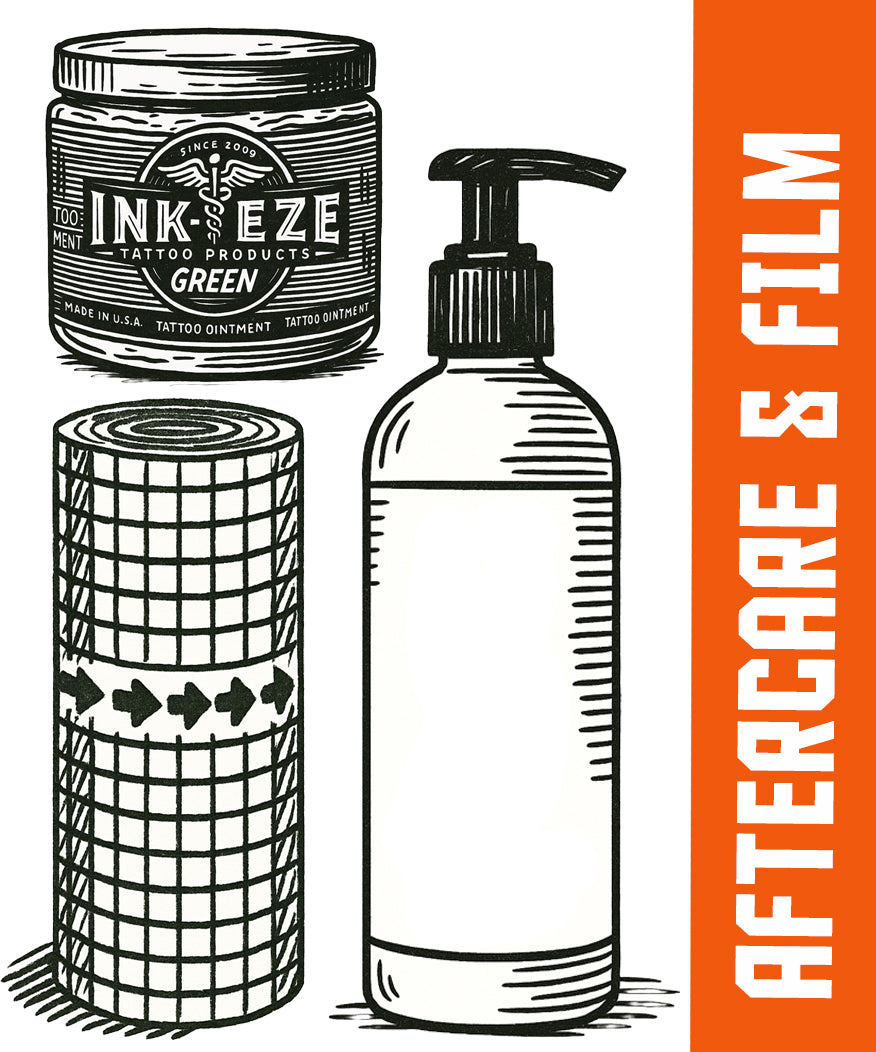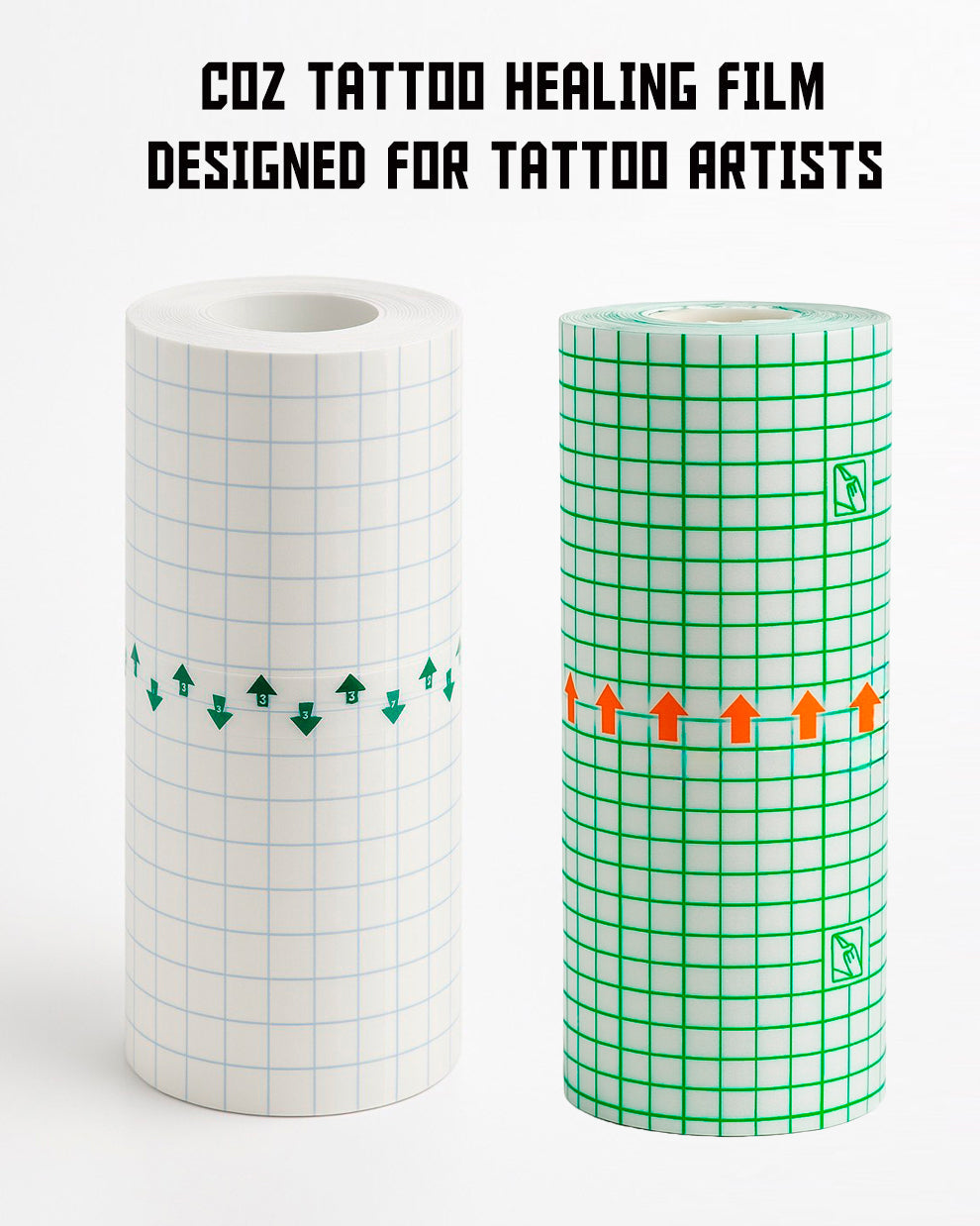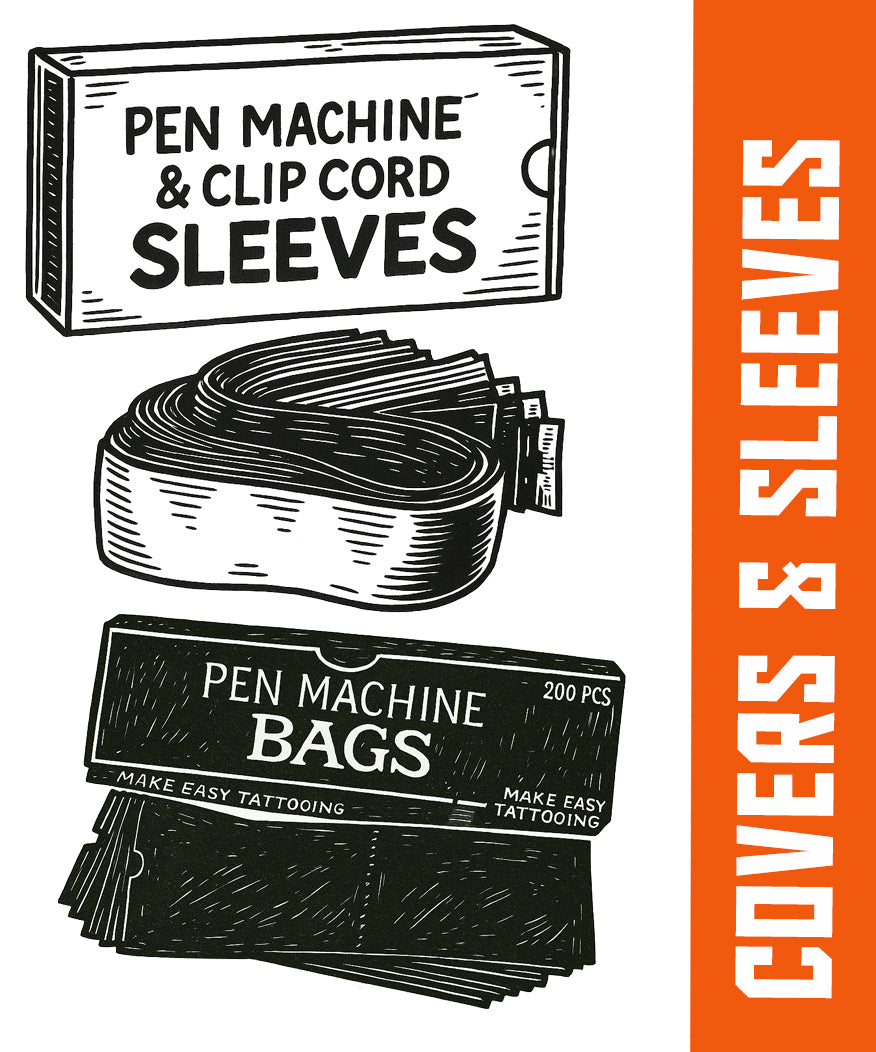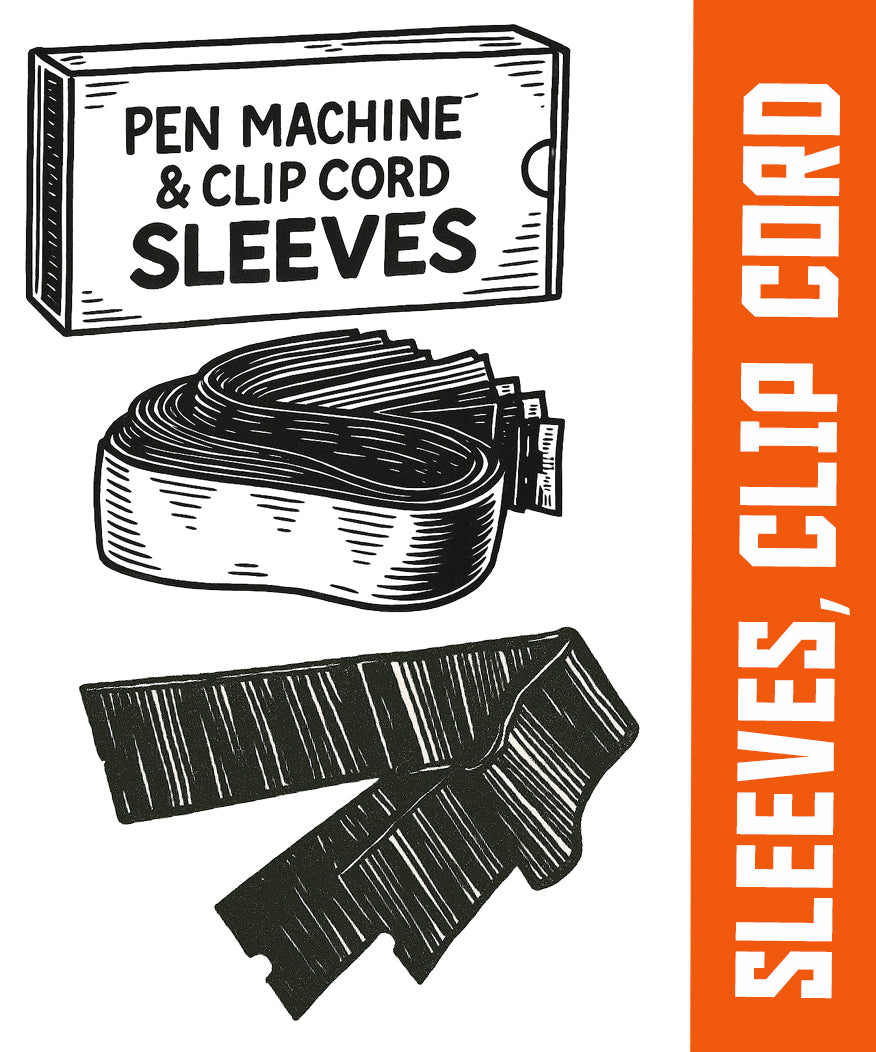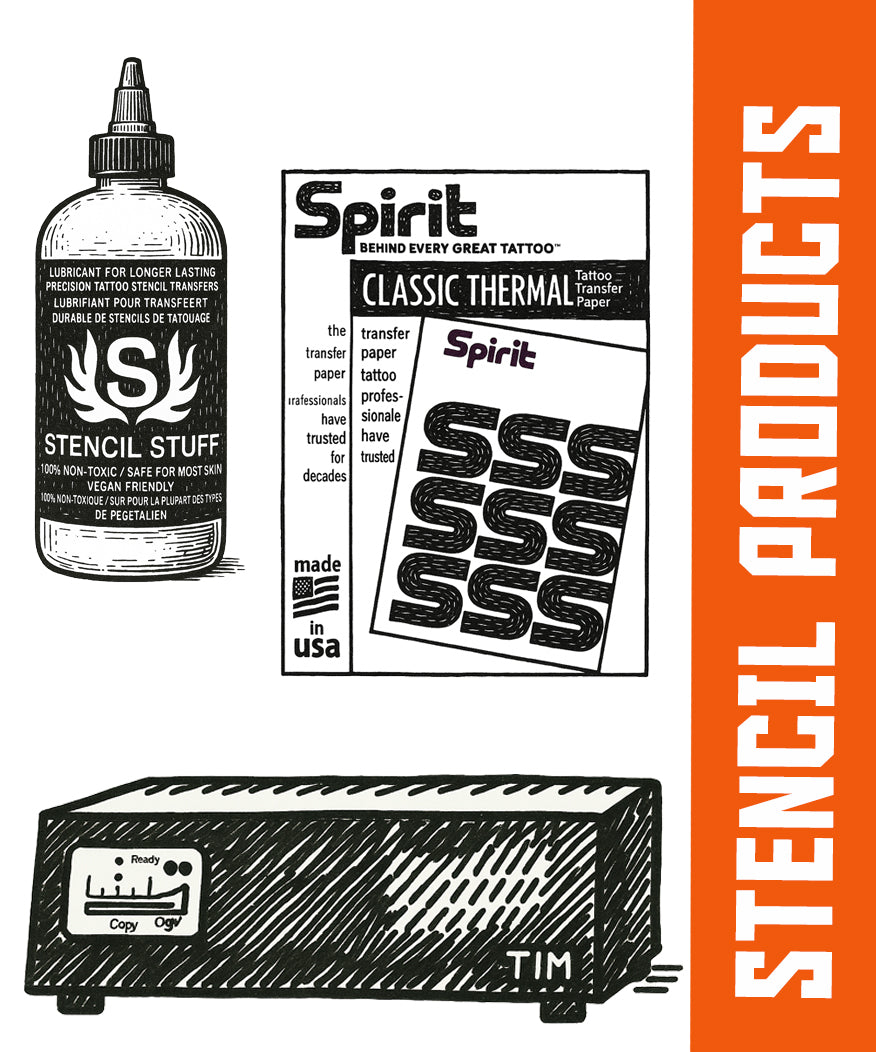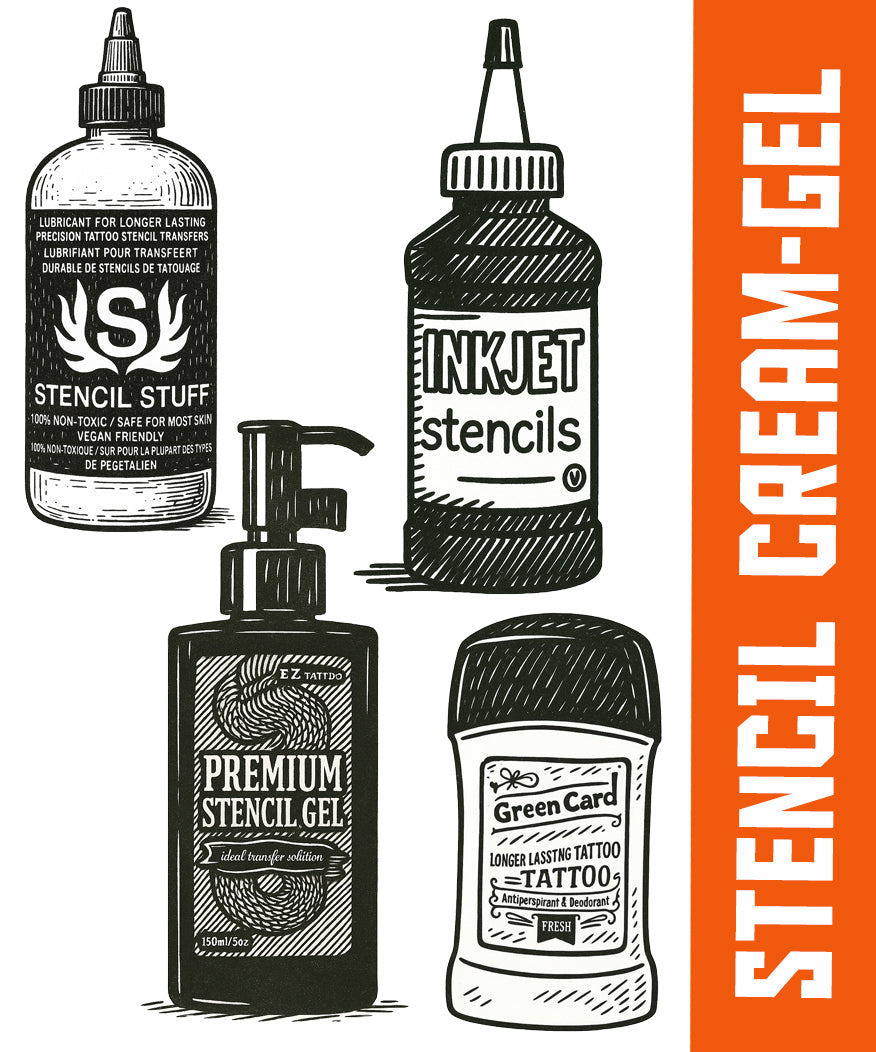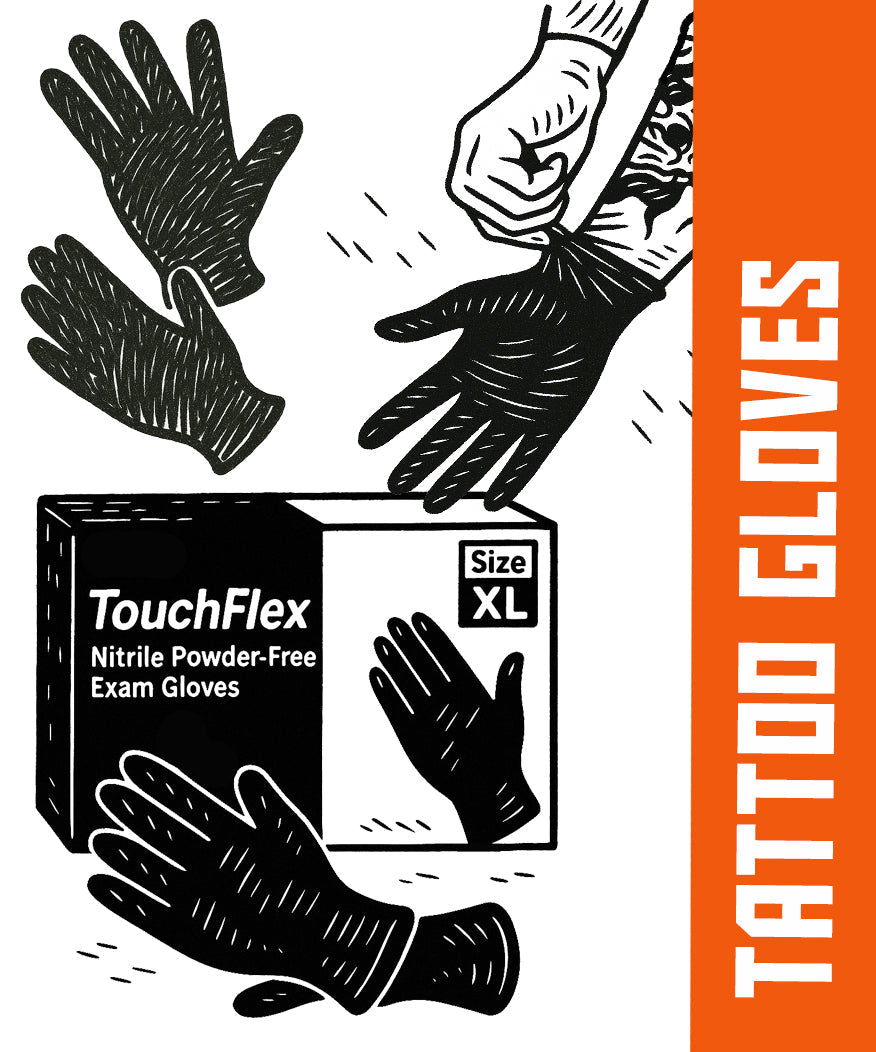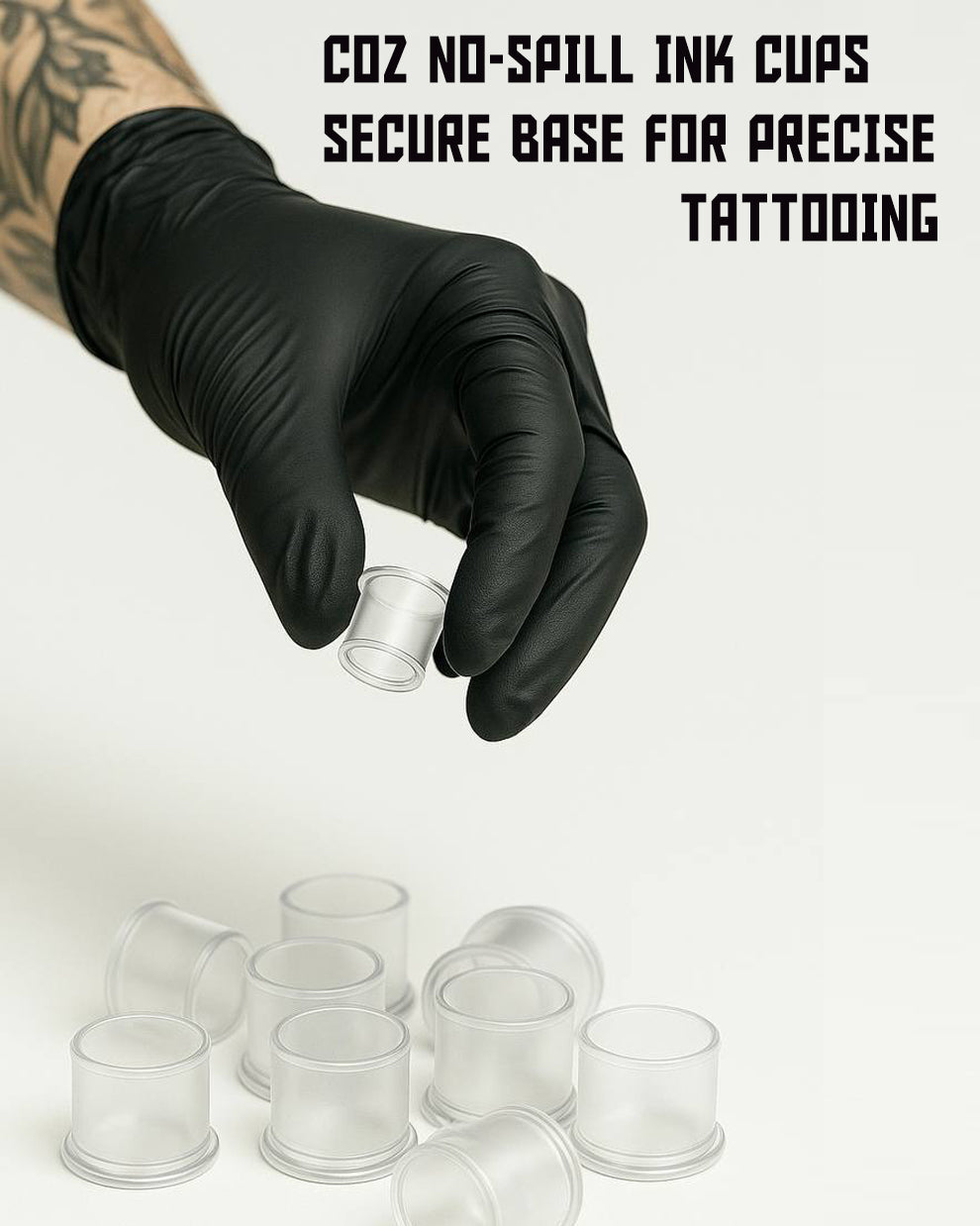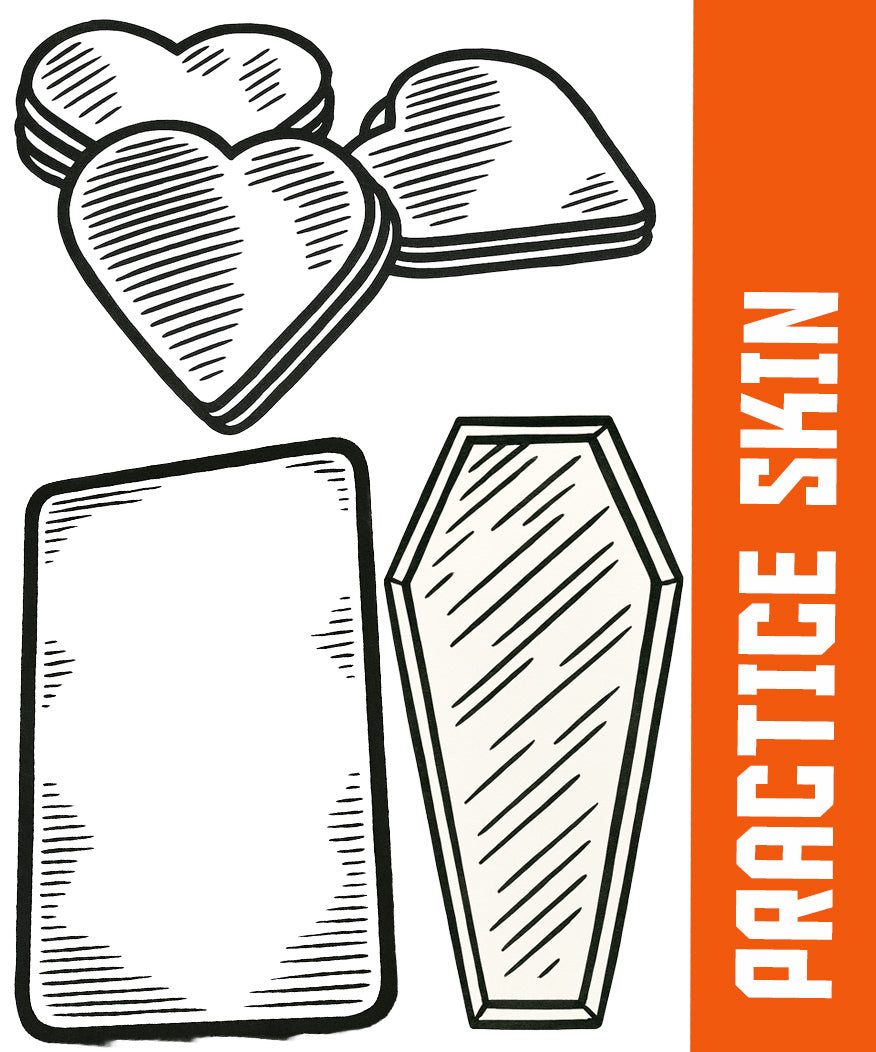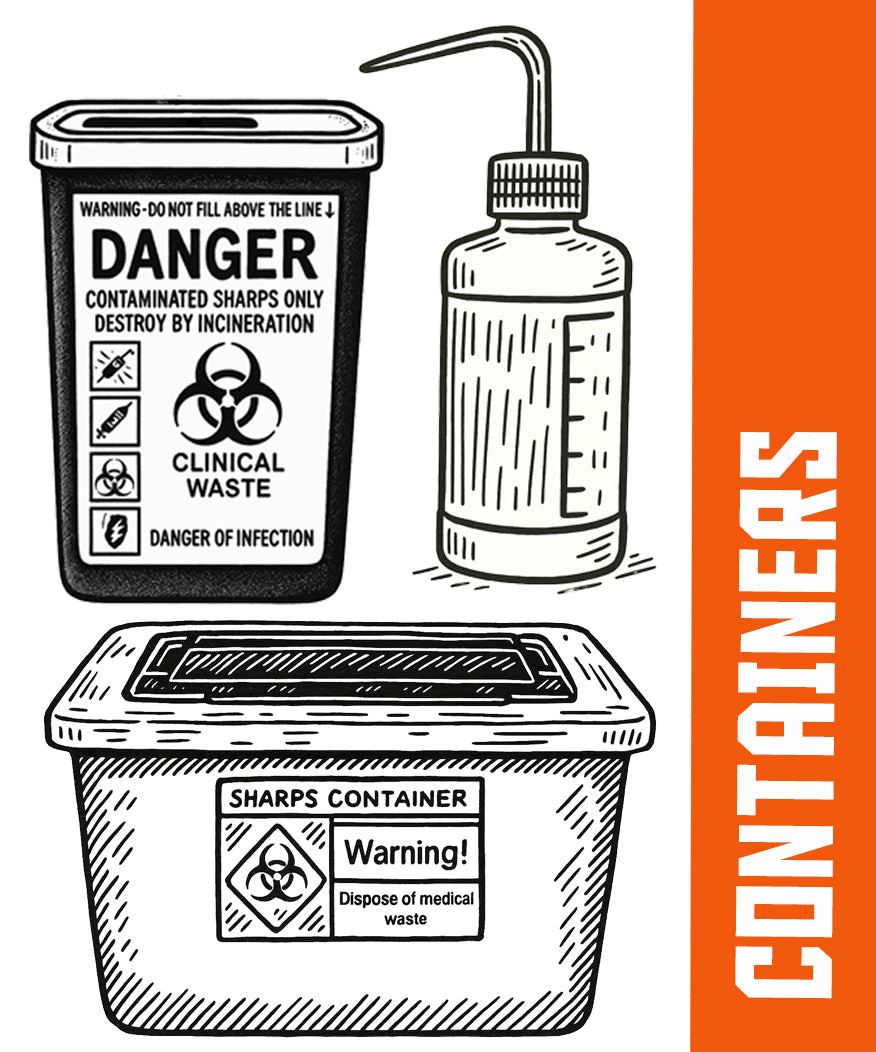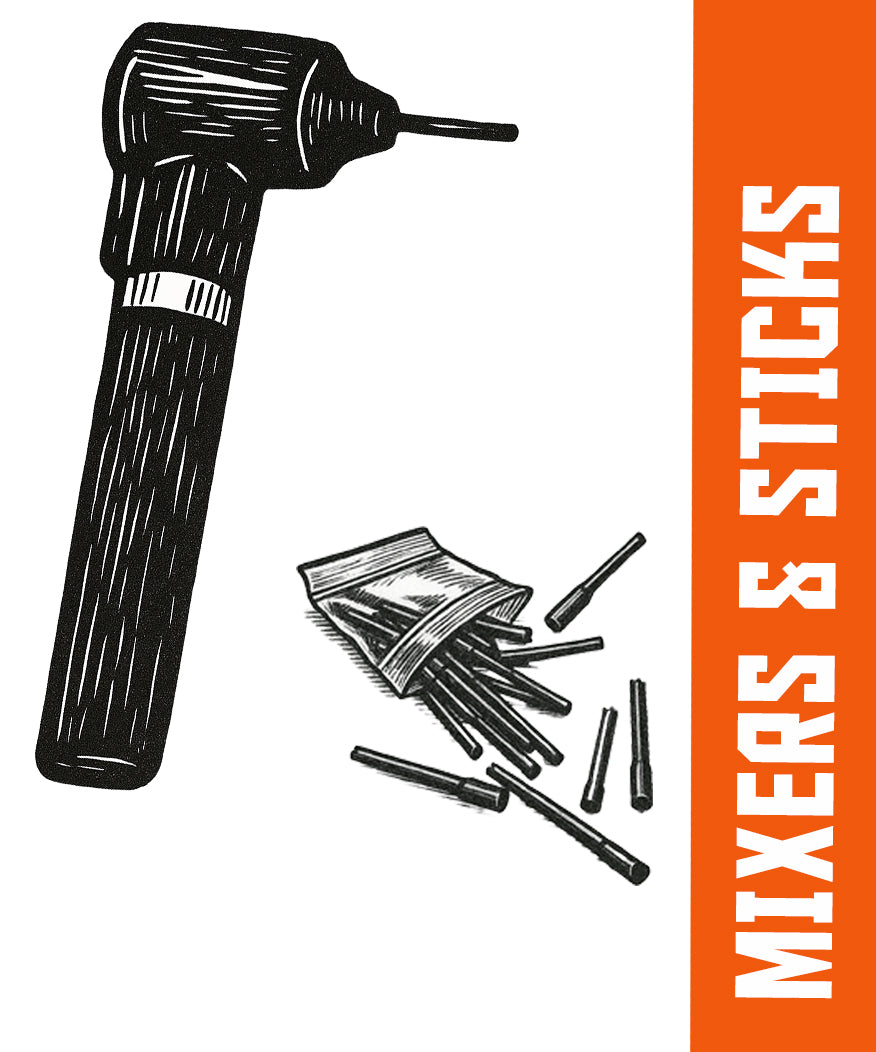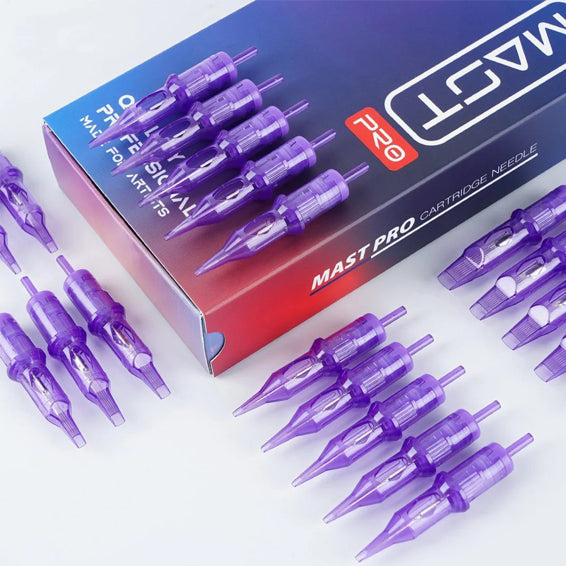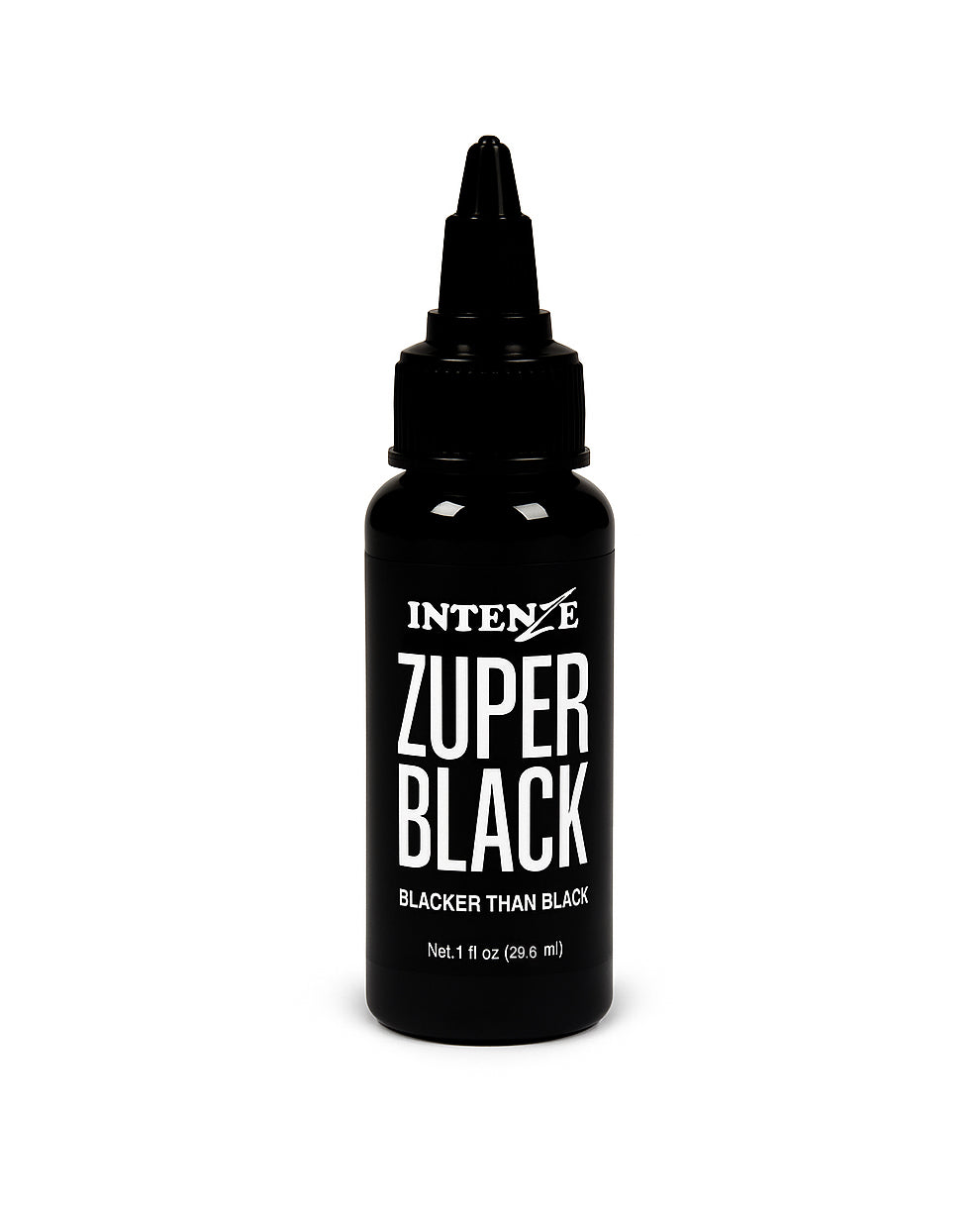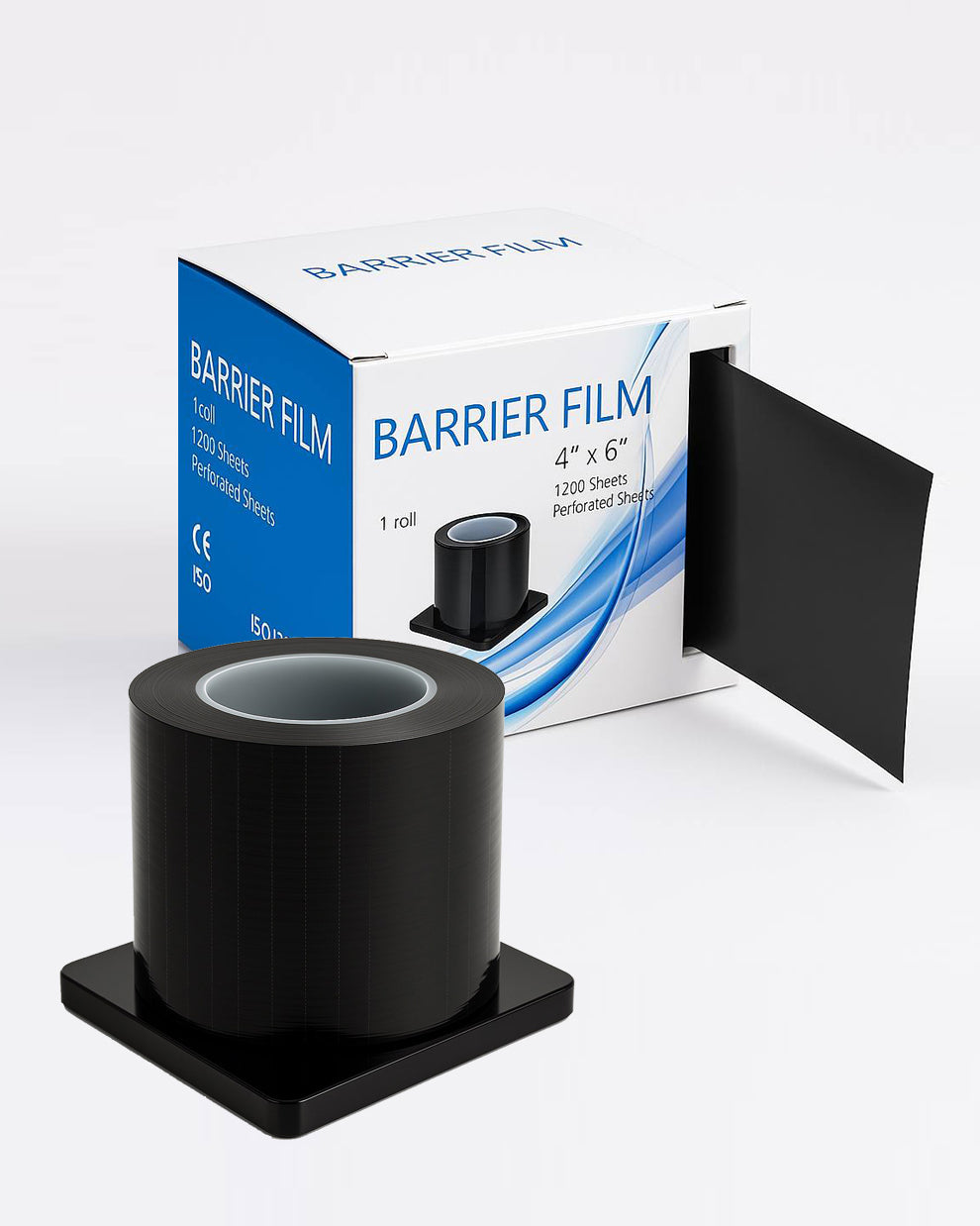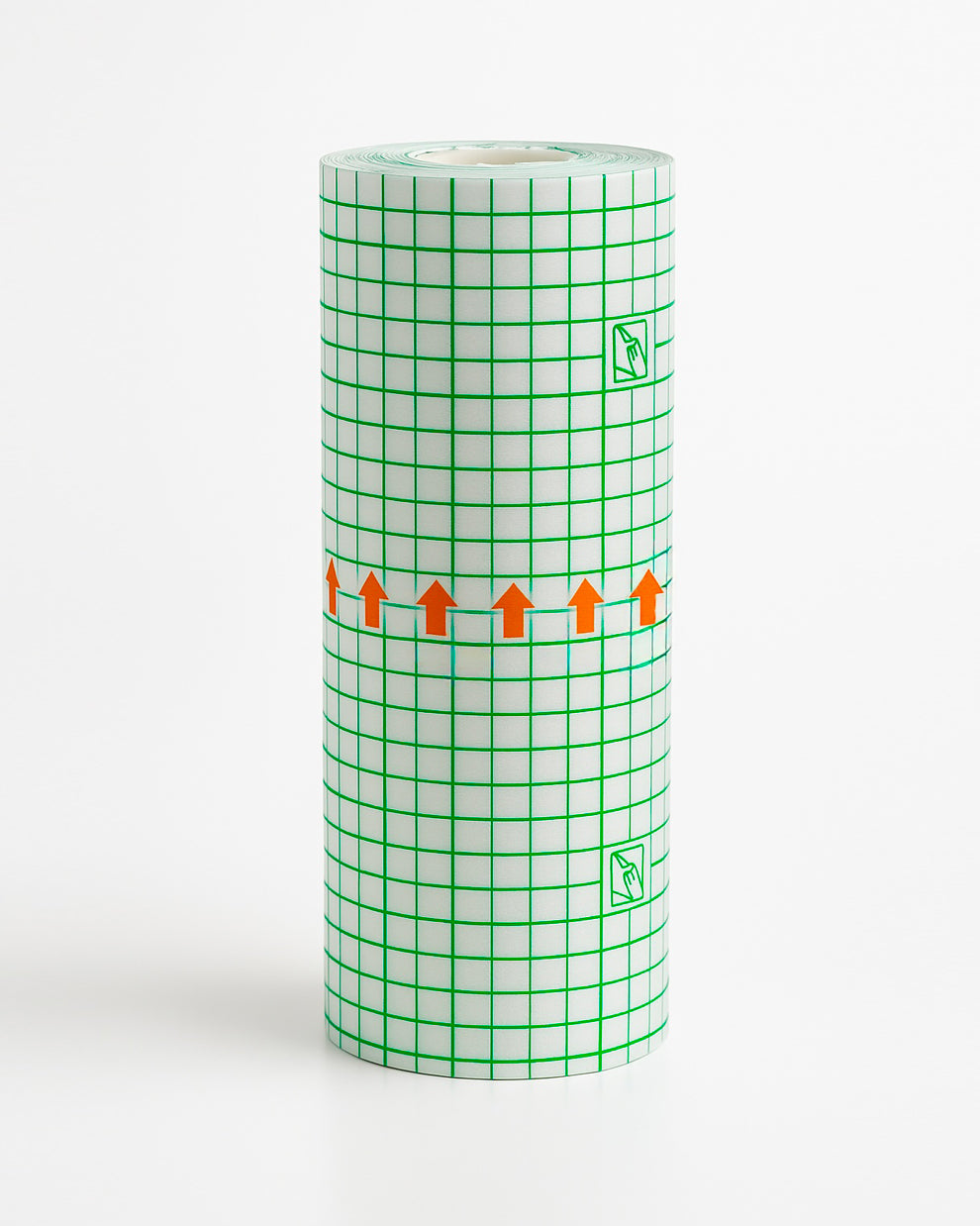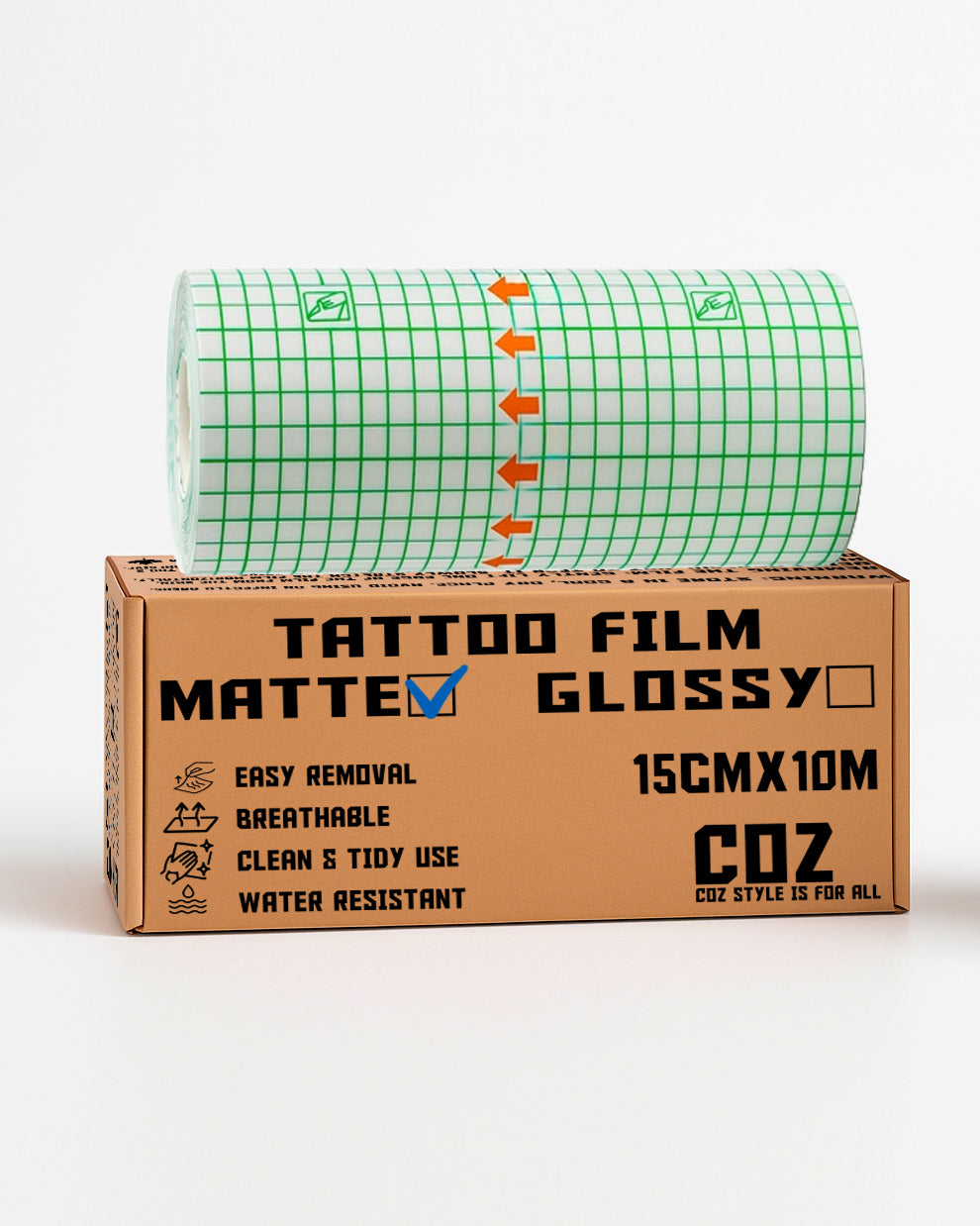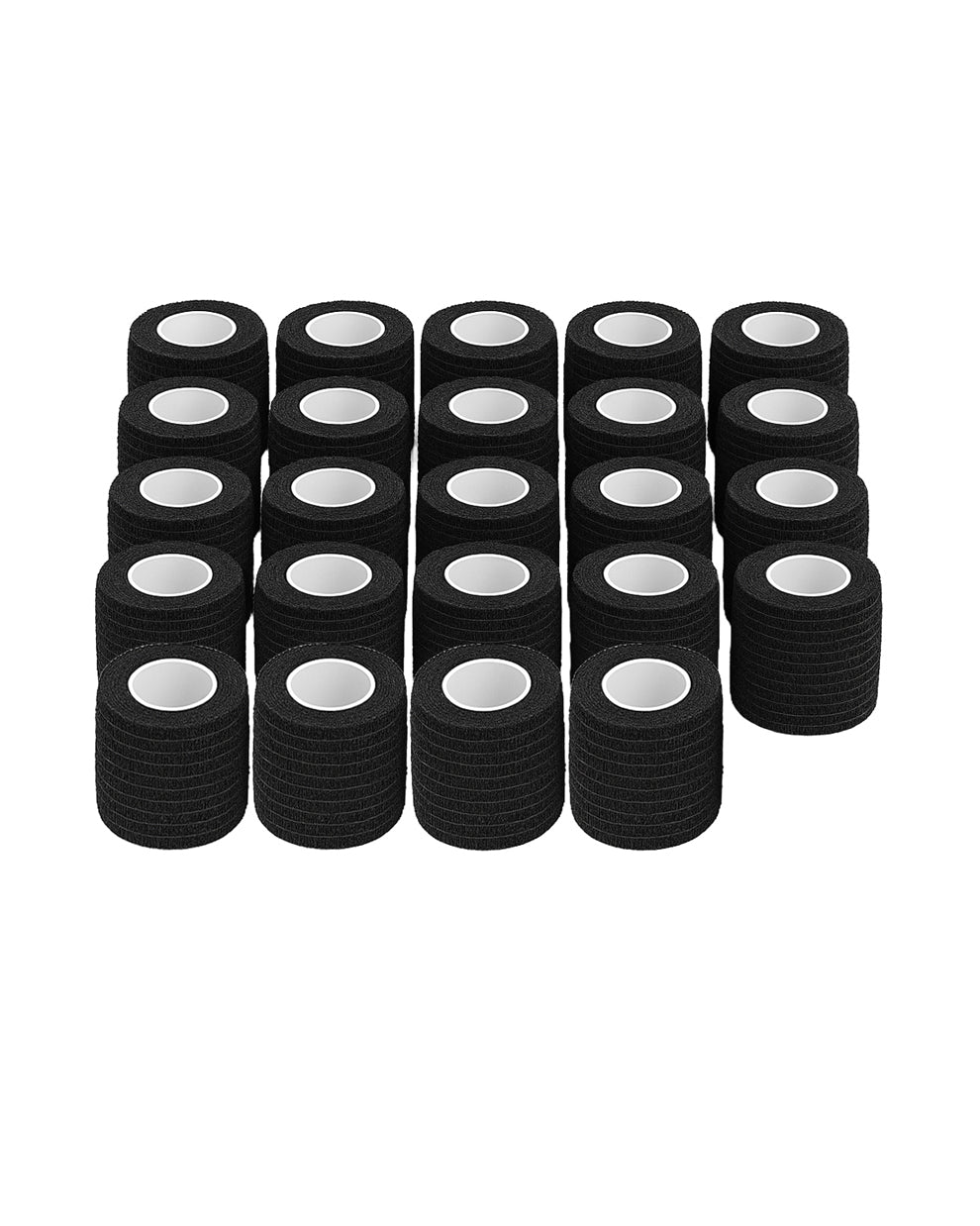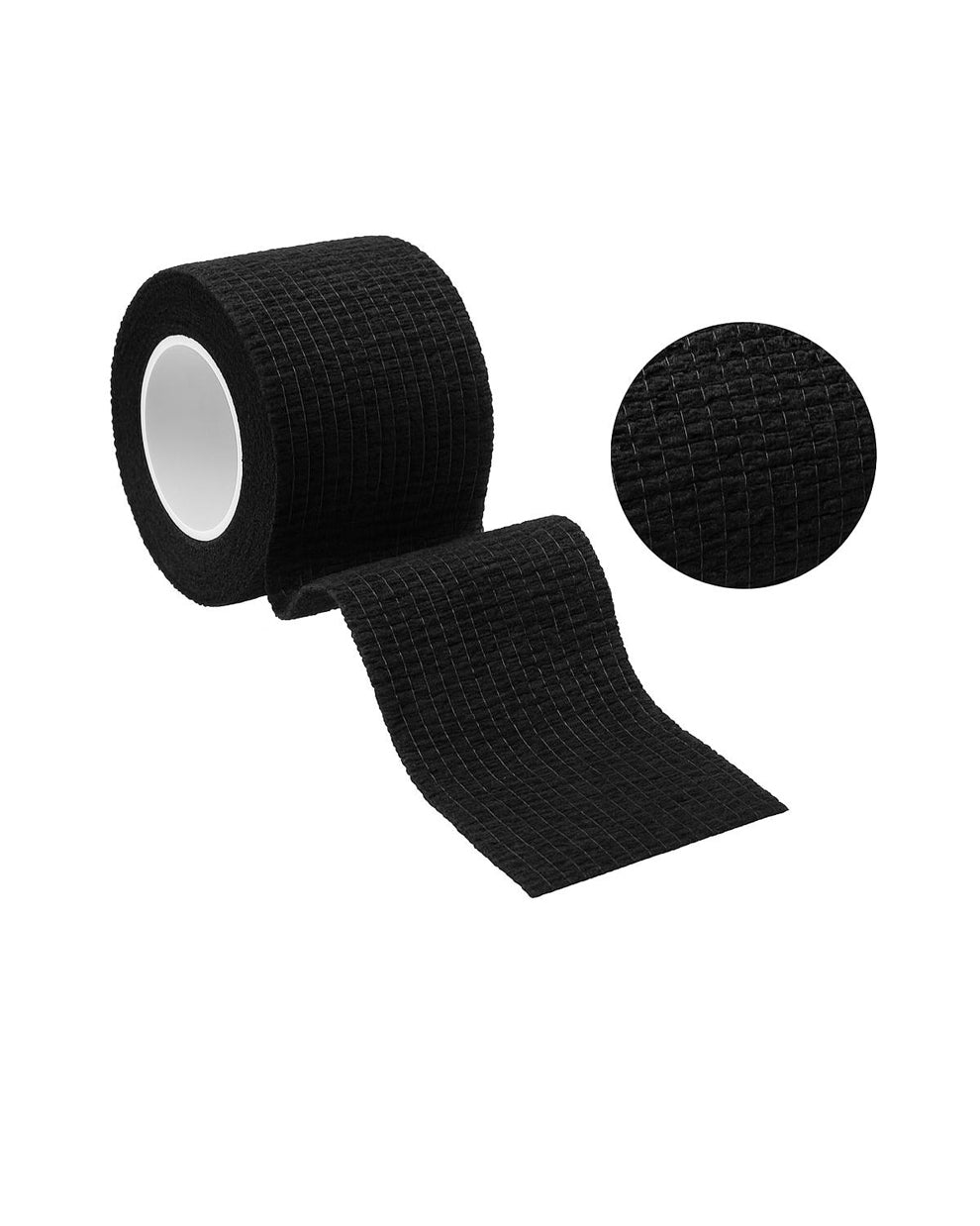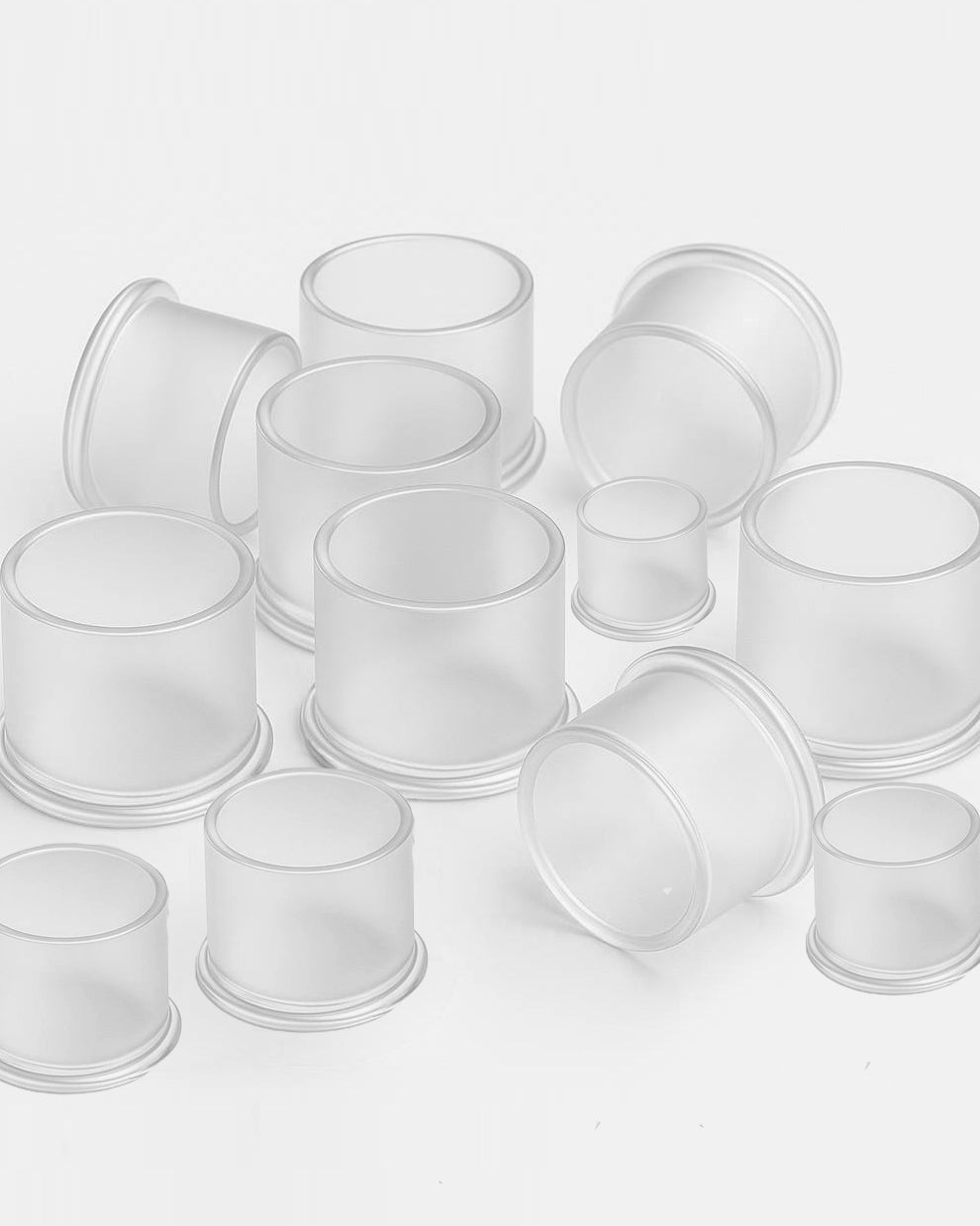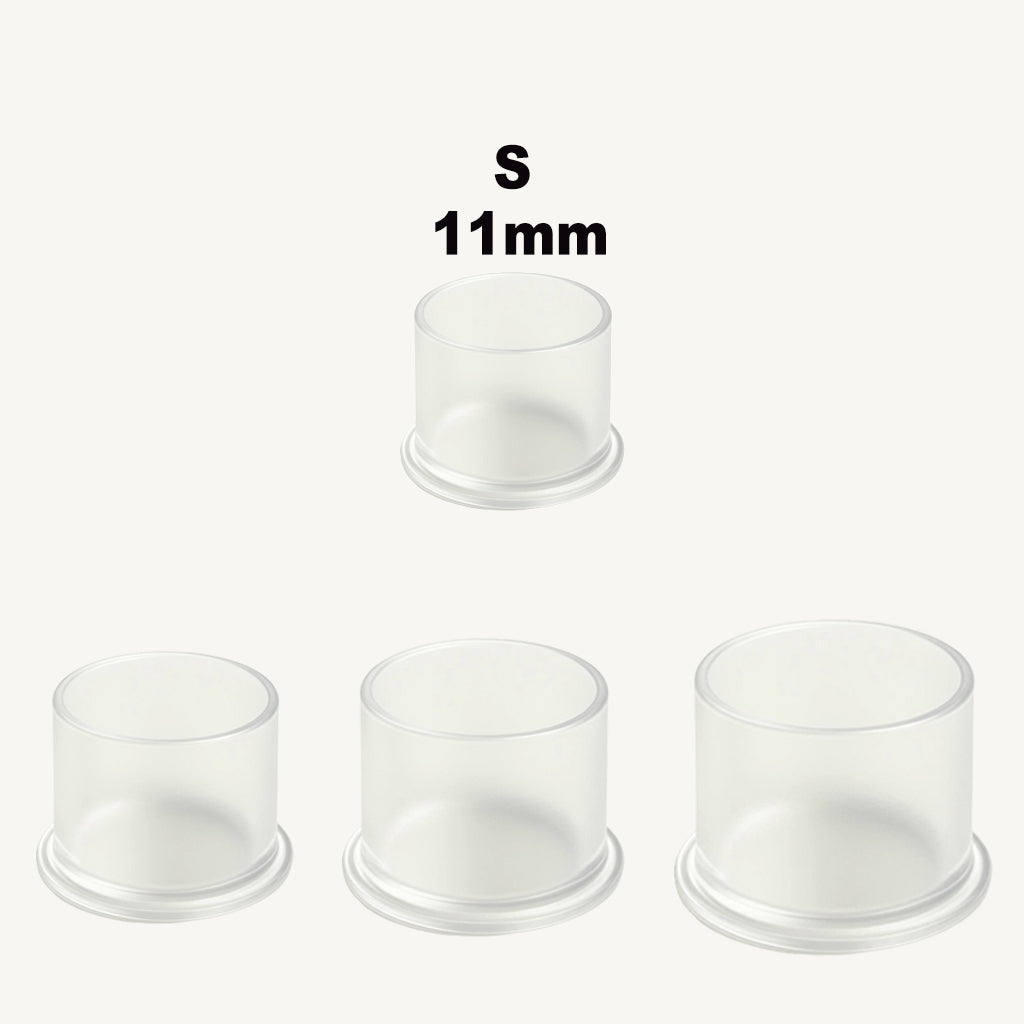So you finally did it. You sat through the buzzing, gritted your teeth through the sting, and walked out of the shop with your fresh new tattoo. It’s wrapped up, it’s sore, and you’re already thinking, “Man, this is gonna look amazing at the beach.” But then comes the question every tattooed person has Googled at least once: how long after a tattoo can I swim?
The short answer? Not right away. Sorry, but your new ink is not ready to hit the pool, lake, or hot tub. Tattoos and swimming mix about as well as oil and water. Or more accurately: about as well as an open wound and a germy public pool.
Let’s break it down in plain English, with a little humor and some hard-earned lessons from both tattoo artists and folks who learned the hard way.
Why You Can’t Just Cannonball the Next Day
Here’s the deal: a fresh tattoo is basically an open wound filled with ink. Your body is trying to heal while holding that pigment in place. Tossing yourself into chlorinated water, saltwater, or lake muck is like throwing bacteria a party invitation.
Swimming too soon can:
-
Invite infections (yes, even in “clean” pools).
-
Fade or blur your ink before it’s even settled.
-
Cause itchy rashes or chemical burns from chlorine.
-
Stretch out your healing time so you’re miserable longer.
That’s why most artists (and dermatologists who patch up bad cases) say: give it 2 to 4 weeks minimum before you swim.
The Healing Timeline: What’s Really Going On
Healing doesn’t happen in one straight line, but here’s what most people go through:
Days 1–3: Your tattoo is angry. It’s red, sore, maybe oozing a little plasma and ink. Totally normal. Keep it clean, keep it wrapped or bandaged if your artist says so, and definitely don’t soak it.
Days 4–14: The “itch and flake” era. Scabs form, your skin starts peeling like a bad sunburn, and the itch might drive you nuts. This is when people are most tempted to scratch—or worse, jump in the pool thinking “eh, it’s fine now.” Spoiler: it’s not.
Weeks 3–4: The surface usually looks healed. The scabs are gone, colors look better, and you feel normal again. But under the skin? Healing is still happening. That’s why some cautious pros recommend waiting a full month before swimming, just to be safe.
Months 2–3: Deep healing finishes up. For big pieces or heavy shading, it can take months before your skin is totally recovered. By now, though, swimming is safe as long as the surface is smooth and closed.
Different Tattoos, Different Timelines
Not every tattoo is the same. Healing time depends on:
-
Size: A tiny line tattoo on your wrist might be good in 2 weeks. A full back piece? More like 6+ weeks before you risk the pool.
-
Placement: Tattoos on feet, hands, or joints take longer—lots of friction, less circulation.
-
Your skin: Dry, sensitive, or older skin usually heals slower. Young, hydrated, healthy skin often bounces back faster.
-
Aftercare discipline: If you baby your tattoo (clean, moisturize, no scratching), it’ll heal quicker. If you ignore the rules? Expect problems.
Pools, Oceans, Lakes, and Hot Tubs – Which Is Worse?
Let’s be honest: all of them are bad news for a fresh tattoo.
-
Pools: Chlorine doesn’t kill everything. Plus, it can bleach and dry out your ink.
-
Oceans: Salt might sound healing, but the ocean is full of bacteria—and not the good kind.
-
Lakes/Rivers: Stagnant or murky water is a playground for germs.
-
Hot tubs: The absolute worst. Warm, wet, germy, and full of chemicals. A petri dish for infection.
If you wouldn’t pour that water over an open cut on your arm, don’t put your tattoo in it.
How to Know If You’re Ready to Swim
Forget the calendar for a second. Look at your skin. If your tattoo is:
-
Smooth to the touch
-
Free of scabs, flakes, or peeling
-
Not red, itchy, or oozing
…then you’re in the clear. That’s usually at least 2–3 weeks in, but sometimes longer. When in doubt, wait another week.
“But I Accidentally Went Swimming…”
It happens. Maybe you forgot, maybe peer pressure at a pool party got you. Don’t panic.
-
Rinse the tattoo right away with clean, lukewarm water.
-
Wash gently with fragrance-free soap.
-
Pat dry and apply your aftercare ointment.
-
Keep an eye on it for redness, swelling, or weird discharge.
If anything looks sketchy, call your doctor or check back with your tattoo artist. Better safe than sorry.
Aftercare That Makes a Difference
Want your tattoo to heal faster so you can dive in sooner? Take care of it. That means:
-
Wash gently (no scrubbing, no soaking).
-
Moisturize lightly—a thin layer is plenty.
-
Cover smart—your artist might use second-skin bandages to shield your tattoo.
-
Avoid sun—UV rays fade ink faster than water does.
Good aftercare isn’t complicated, but it pays off. The more disciplined you are, the less you’ll worry about infections or fading.
Global Vibes: What Artists Everywhere Say
Does advice change if you’re in the U.S., Canada, the UK, or Australia? Not really. Across the board, artists say the same thing: don’t swim until it’s healed. The only difference is how cautious they are. Some say 2 weeks, some say 4, some extra careful folks say 3 months for huge pieces. But nobody says “yeah, go ahead after 5 days.” If they do, run.
Final Word: Patience Pays Off
Look, I get it. Summer’s short. Beaches and pools are calling. But your tattoo is forever. Do you really want to risk infections, faded ink, or worse just for one dip?
The smart move is this: wait until your tattoo is healed, then swim as much as you want. A couple weeks of patience = decades of good-looking ink.
So the next time someone asks “how long after tattoo can I swim?”, you can tell them: When your skin says it’s ready—not the calendar.








